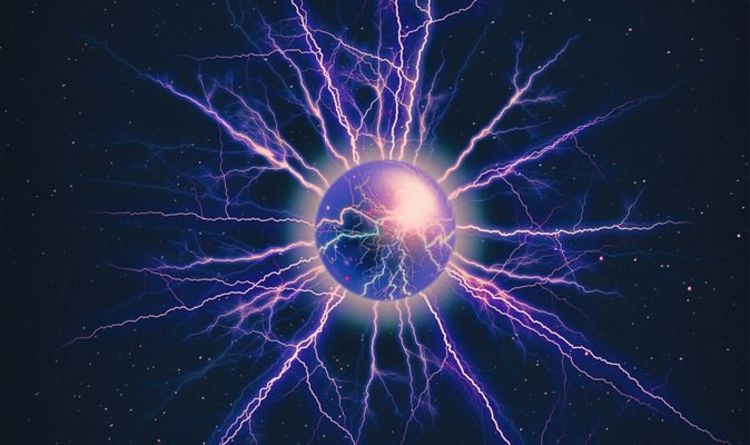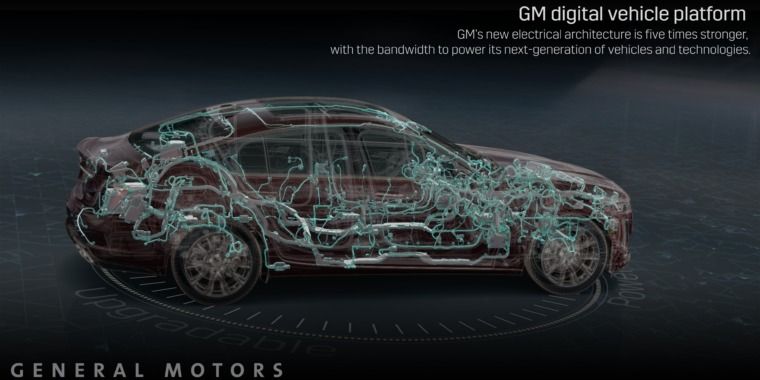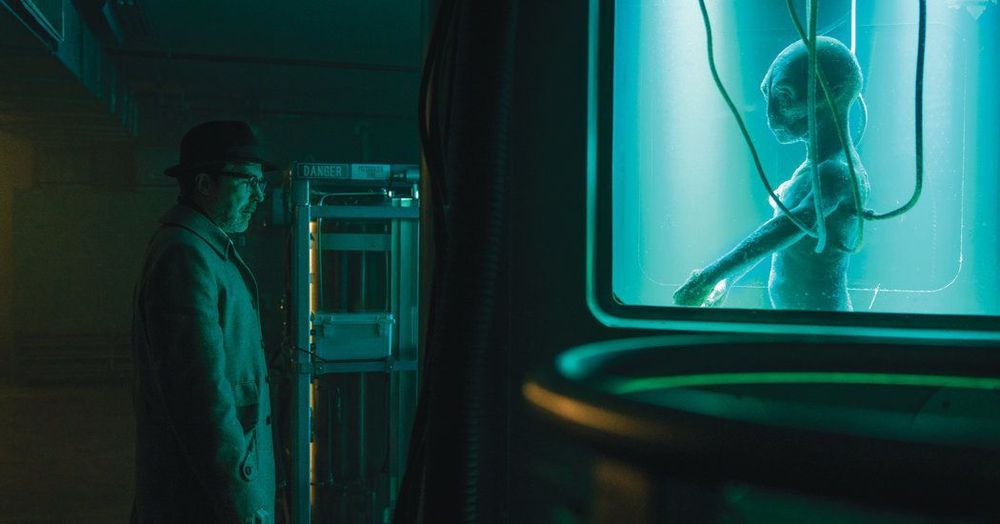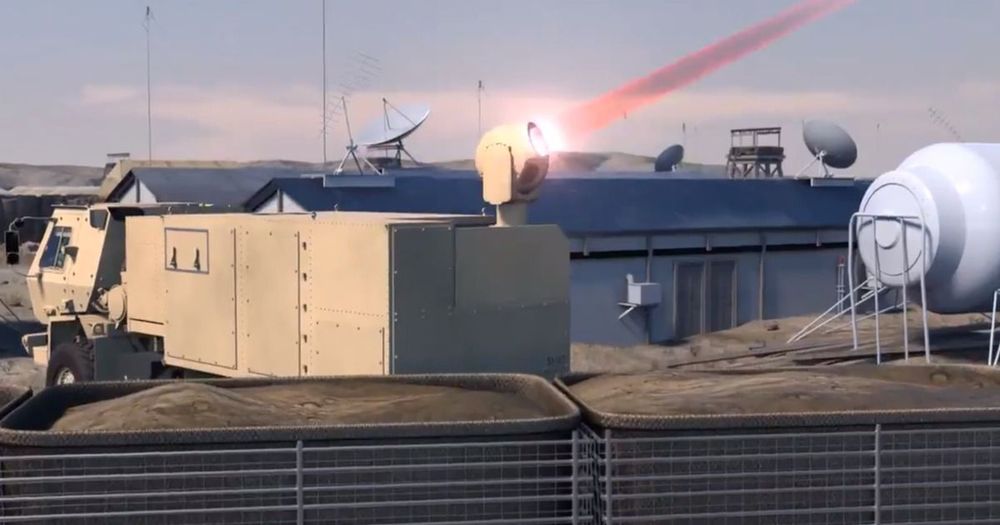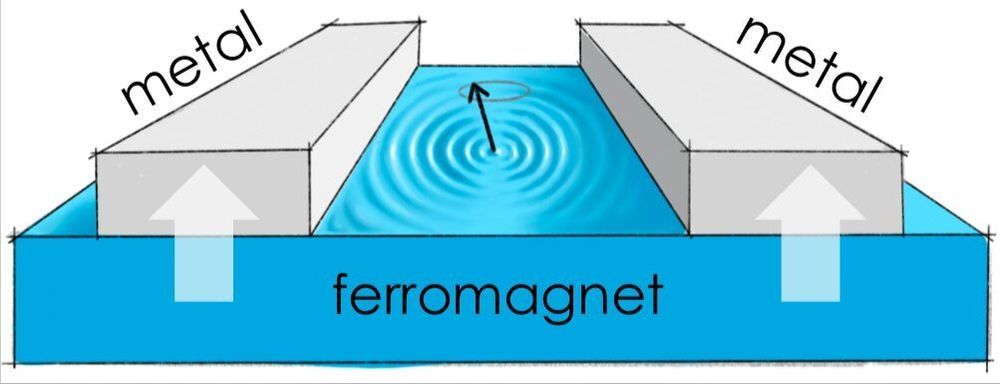Sony has been generously revealing details about its next-gen console, and here’s what we know so far.
The idea of “liquid silicon” conjures images from a Terminator film. Fittingly, it is a nascent ’80s computing concept brought to life with modern fabrication techniques, with the potential to alter the course of the future for computer hardware.
“Liquid Si,” with its delicate layers of mono-crystalline silicon and stacked transistors, have real-world implications in the post-Moore semiconductor landscape.
Building unified computer hardware that incorporates system memory, I/O logic, and disk storage into the same module represents a long-standing goal for microchip architects, and attainment is closer now than ever. Using a process called monolithic 3D integration, modern fabrication machines can execute chip designs with silicon and semiconductor circuitry layered on the bottom, solid-state memory arrays on top, and a dense metal-to-metal bus sandwiched in between.
A new research project aims to harness the power of quantum computers to build a new type of neural network — work the researchers say could usher in the next generation of artificial intelligence.
“My colleagues and I instead hope to build the first dedicated neural network computer, using the latest ‘quantum’ technology rather than AI software,” wrote Michael Hartmann, a professor at Heriot-Watt University who’s leading the research, in a new essay for The Conversation. “By combining these two branches of computing, we hope to produce a breakthrough which leads to AI that operates at unprecedented speed, automatically making very complex decisions in a very short time.”
Featuring a Russian spy murder, a self-immolation, gun-toting government thugs and other fanciful plot devices, “Project Blue Book,” History’s popular new series on the Air Force’s program to investigate and debunk U.F.O.s, is not your historian’s Project Blue Book.
We viewed the first six episodes from the standpoint of writers who have long worked on the serious side of U.F.O.s. We broke the December 2017 New York Times exclusive on a secret Pentagon program investigating the phenomenon, with our colleague Helene Cooper. Leslie Kean wrote the Times 2010 best-seller “U.F.O.s: Generals, Pilots and Government Officials Go On the Record.” Ralph Blumenthal has written about U.F.O.s for Vanity Fair as well as The Times.
So, despite the embellishments, we were interested to discover parallels between the TV version and the historical and current reality.
What if drones and self-driving cars had the tingling “spidey senses” of Spider-Man?
They might actually detect and avoid objects better, says Andres Arrieta, an assistant professor of mechanical engineering at Purdue University, because they would process sensory information faster.
Better sensing capabilities would make it possible for drones to navigate in dangerous environments and for cars to prevent accidents caused by human error. Current state-of-the-art sensor technology doesn’t process data fast enough—but nature does.
A team of researchers at Utrecht University, the Norwegian University of Science and Technology and the University of Konstanz has recently proposed a new method to determine magnon coherence in solid-state devices. Their study, outlined in a paper published in Physical Review Letters, shows that cross-correlations of pure spin currents injected by a ferromagnet into two metal leads normalized by their dc value replicate the behavior of the second-order optical coherence function, referred to as g, when magnons are driven far from equilibrium.
“Consider a big room full of people having a party,” Akash Kamra, one of the researchers who carried out the study, told Phys.org. “These people can either behave as in a night club, bumping into each other in an uncoordinated way and with chaotic movements, or the party people might be directed by a common host, such as at a wedding party. Such a ‘condensed’ crowd of people moves swiftly without bumping into each other.”
Kamra draws an analogy between the party situations he described and magnons, quantum particles that correspond to a specific decrease in magnetic strength, traveling as a unit through a magnetic substance. In his analogy, an uncoordinated “party” would occur if magnons are in a “thermal” state, while a coordinated one if they are in a “coherent” or “condensed” state. The coordinated movement of guests in the second type of party, on the other hand, would correspond to a superfluid flow, which is a manifestation of a remarkable state of matter: the condensate.

